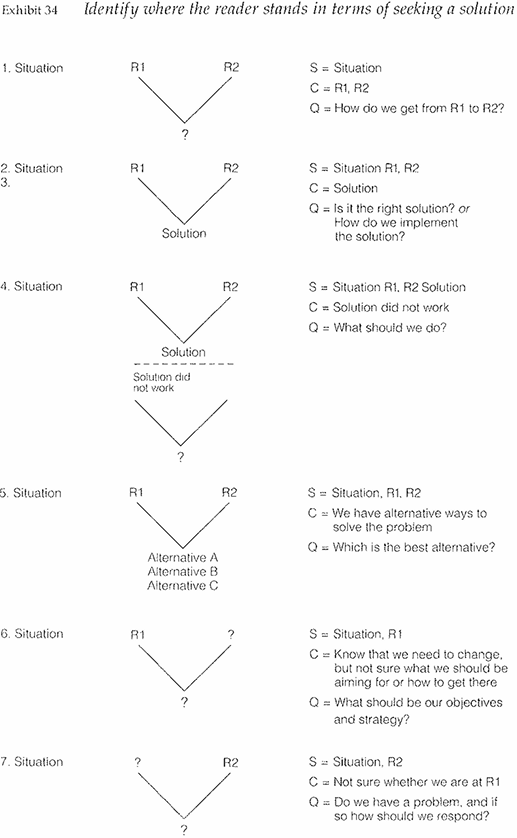

Grammar


Tenses


Present

Present Simple

Present Continuous

Present Perfect

Present Perfect Continuous


Past

Past Continuous

Past Perfect

Past Perfect Continuous

Past Simple


Future

Future Simple

Future Continuous

Future Perfect

Future Perfect Continuous

Passive and Active


Parts Of Speech


Nouns

Countable and uncountable nouns

Verbal nouns

Singular and Plural nouns

Proper nouns

Nouns gender

Nouns definition

Concrete nouns

Abstract nouns

Common nouns

Collective nouns

Definition Of Nouns


Verbs

Stative and dynamic verbs

Finite and nonfinite verbs

To be verbs

Transitive and intransitive verbs

Auxiliary verbs

Modal verbs

Regular and irregular verbs

Action verbs


Adverbs

Relative adverbs

Interrogative adverbs

Adverbs of time

Adverbs of place

Adverbs of reason

Adverbs of quantity

Adverbs of manner

Adverbs of frequency

Adverbs of affirmation


Adjectives

Quantitative adjective

Proper adjective

Possessive adjective

Numeral adjective

Interrogative adjective

Distributive adjective

Descriptive adjective

Demonstrative adjective


Pronouns

Subject pronoun

Relative pronoun

Reflexive pronoun

Reciprocal pronoun

Possessive pronoun

Personal pronoun

Interrogative pronoun

Indefinite pronoun

Emphatic pronoun

Distributive pronoun

Demonstrative pronoun


Pre Position


Preposition by function

Time preposition

Reason preposition

Possession preposition

Place preposition

Phrases preposition

Origin preposition

Measure preposition

Direction preposition

Contrast preposition

Agent preposition


Preposition by construction

Simple preposition

Phrase preposition

Double preposition

Compound preposition


Conjunctions

Subordinating conjunction

Correlative conjunction

Coordinating conjunction

Conjunctive adverbs


Interjections

Express calling interjection


Grammar Rules

Preference

Requests and offers

wishes

Be used to

Some and any

Could have done

Describing people

Giving advices

Possession

Comparative and superlative

Giving Reason

Making Suggestions

Apologizing

Forming questions

Since and for

Directions

Obligation

Adverbials

invitation

Articles

Imaginary condition

Zero conditional

First conditional

Second conditional

Third conditional

Reported speech


Linguistics

Phonetics

Phonology


Semantics


Pragmatics

Linguistics fields

Syntax

Morphology

Semantics

pragmatics

History

Writing

Grammar

Phonetics and Phonology


Reading Comprehension

Elementary

Intermediate

Advanced
LOOK FOR THE QUESTION
المؤلف:
BARBARA MINTO
المصدر:
THE MINTO PYRAMID PRINCIPLE
الجزء والصفحة:
131-8
2024-09-17
312
Once you have the basic parts of the problem laid out, you are ready to look for the reader's question. This question will depend on how far along in the problem the reader has progressed before you began to analyze it. Does he simply want to know how to get from R1 to R2? Or has he already decided how to do that, in which case he will of course have a different question.
A big error some writers make is in not specifying to themselves whether some action has already been taken by the reader to solve the problem. Recognizing when action has been taken-and how that affects the question a document is meant to answer-greatly simplifies writing the introduction and structuring the subsequent reasoning.
Using the problem definition as a guide, we can see that readers will generally face one of seven problem situations, depending on where they stand in terms of seeking a solution:
Most common circumstances
1. They do not know how to get from R1 to R2.
2. They think they know how to get from R1 to R2, but they are not certain they are right.
3. They know for sure how to get from R1 to R2, but they do not know how to implement the solution.
Variations on the most common circumstances
4. They thought they knew how to get from R1 to R2 and implemented it, but that solution turned out not to work for some reason.
5. They have identified several possible solutions, but don't know which to pick.
Also possible but not common
6. They know R1 but cannot articulate R2 specifically enough to permit looking for a solution.
7. They know R2 but are not sure whether they are at R1 (typical benchmarking study).
Exhibit 34 shows how the elements of the problem definition would map to the introduction in each of the seven cases.
